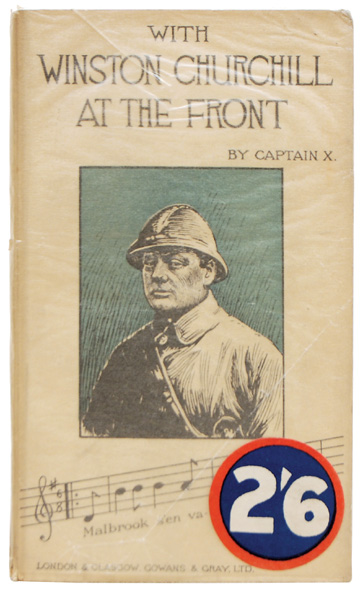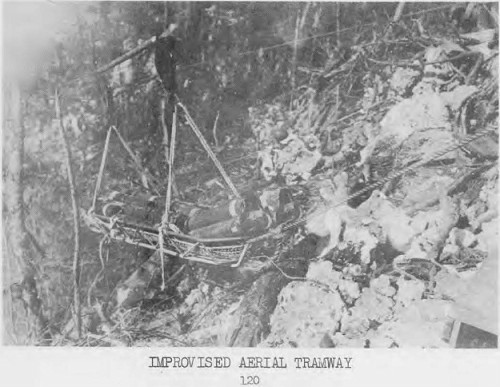…and thereby misses the real story.
Writing about Hillary Clinton as the prospective Democratic presidential candidate, Camille Paglia asks “What exactly has she ever accomplished?”
Camille, Camille, Camille.
Would anyone have asked, upon George III’s accession to the Kingship, “What exactly has he ever accomplished?”
Would anyone have asked, when Marie Antoinette became the Queen of France, “What exactly has she ever accomplished?”
Would anyone have asked, when Lord Cardigan was named commander of the Light Brigade and his brother-in-law the Earl of Lucan was named overall British cavalry commander in the Crimean War, “What exactly have they ever accomplished?” (Well, a few people did, but they were pretty much ignored)
Camille, your question reflects the mindset of an earlier America in which it was widely believed that leaders should be selected based on their actual accomplishments. This didn’t always actually happen, of course, but at least it was the ideal. But today, our society is being pushed hard in the direction of an aristocratic model wherein elevation to leadership is a matter of factors quite other than a track record of success in performing whatever tasks the leader is supposed to be carrying out. This transformation is largely complete in the field of politics, and is rapidly advancing in other areas of American life as well.
Hillary Clinton is a member of a political family–a member by marriage, it is true, but still a member. She attended an Ivy League college. She vacations in the Hamptons. She is popular with members of the entertainment industry. She has name recognition among people whose reading does not go past the celebrity magazines on the rack at the supermarket checkout stand.
These are the things that matter today in identifying an aristocrat who is qualified for high political office. Actual accomplishments, actual failures (see Benghazi, see indeed the whole Middle East) are of minor significance by comparison.
America is falling increasingly under the domination of a political aristocracy of great power and privilege: an aristocracy, moreover, which imposes very little in the way of responsibilities on itself. We are getting the social rigidity and the incompetence in high places that tend to be associated with the aristocratic form of government, without any of the partially-offsetting virtues that historical aristocracies have sometimes developed.
(1970), by Robert Rhodes James. It is a famous book, which describes Churchill’s career up to 1939. It is an excellent book as of page 132/385. In fact, it is so good, I now want to read other things by this author.


